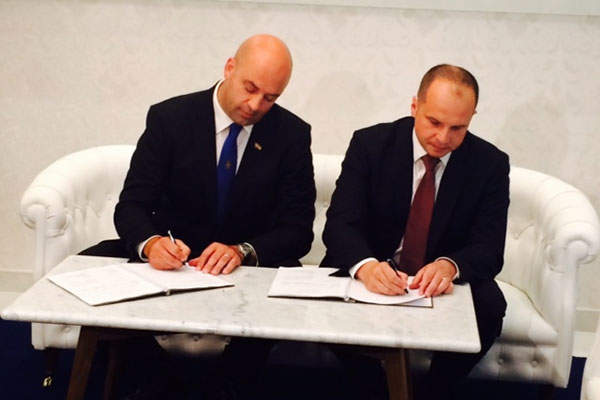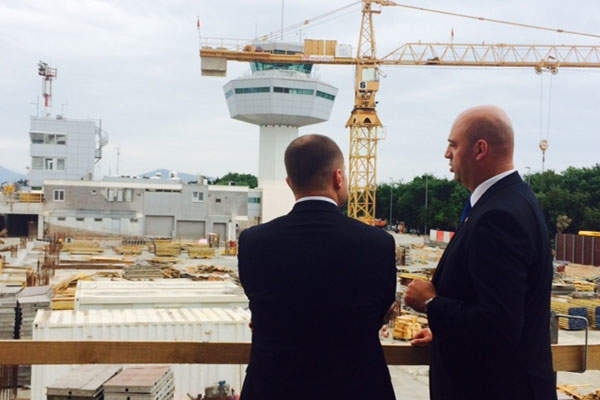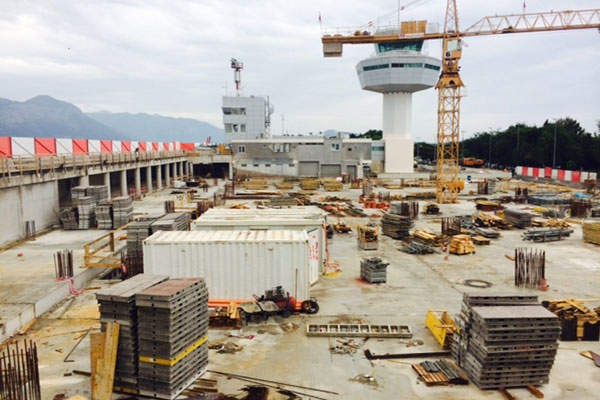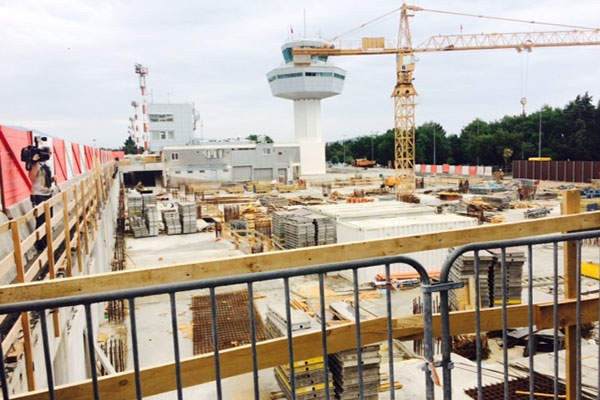Dubrovnik International Airport (DBV), the main gateway to the Dubrovnik-Neretva County, was Croatia’s third busiest airport based on passenger traffic in 2014. Operated by Dubrovnik Airport Ltd, the airport commenced a major expansion project aimed at increasing its passenger handling capacity.
Dubbed as the Dubrovnik Airport 2020 reconstruction and development project, it will enable it to compete with other airports in the region, in terms of service, employment rates and both inbound and outbound passenger traffic.
The expansion will enhance the airport’s handling capacity to approximately 3.98 million passengers a year until 2032.
The Croatian Government approved the redevelopment project in May 2015. The majority of the funding is sourced by the government with assistance from the European Investment Bank (EIB). Construction started in 2015 and the new passenger terminal was officially opened in May 2017.
Dubrovnik Airport reconstruction and development project details
The expansion and upgrade of Dubrovnik Airport include the integration of the existing terminals into a new terminal and various construction projects. These include a new seasonal passenger terminal, office building and commercial aviation terminal in the east apron zone. Additional construction projects comprise apron expansion, runway and taxiway renovations, relocation of the fuel farm, and enclosed facilities for maintenance, operations and ground equipment.
Other infrastructure improvements include a housing area with its own maintenance and operations premises for domestic operators; construction of a public garage and a new aviation fuel tank, including an underground pit system for fuel filling; two internal gas stations, installation of solar systems; and reconstruction of facades and substation to attain energy-efficiency.
Airside improvements include runway reconstruction, taxiway reconstruction and expansion, construction of two new rapid exit ways; west apron expansion; new apron construction on the west for commercial aviation; a new east apron for general aviation; and development of aircraft maintenance and operation facilities, in addition to hangars.
The Phase Two reconstruction and development project includes the construction of multi-level parking garages and the provision of an automated system for the reception, security check and shipment of luggage, as well as jet bridges and rescue vehicles.
Financing for the redevelopment project
The estimated total investment for the development project is €220m ($248m). The government awarded a HRK1.1bn ($160m) financial grant, which is co-financed through public money, while €75m ($84m) in funding is arranged by the airport through its own funds and funds under the European Commission investment scheme called Juncker Plan.
In November 2014, the Croatian Transport Department allotted HRK40.5m ($6m) of non-repayable funds for the preparation of the technical documentation of the development project.
In April 2017, a contract on a European Union grant was signed for funding for the $244m Phase 2.
Contractors involved with the redevelopment project
In May 2014, the contract to provide client consulting and contract management services for the expansion project was awarded to Danish consulting engineering group Ramboll.
The contractual scope includes feasibility study covering interaction with key stakeholders, land purchases, construction preparation works, and the relocation of equipment and airside improvements such as a new fire fighting station and fuel farm, expansion of the terminal, including air bridges, and new administration, cargo and catering buildings.
The airport authorities signed a HRK476m ($70m) contract with KFK Tehnika and KFK Tehnika – Kamgrad for the construction of the new terminal building in May 2015.






